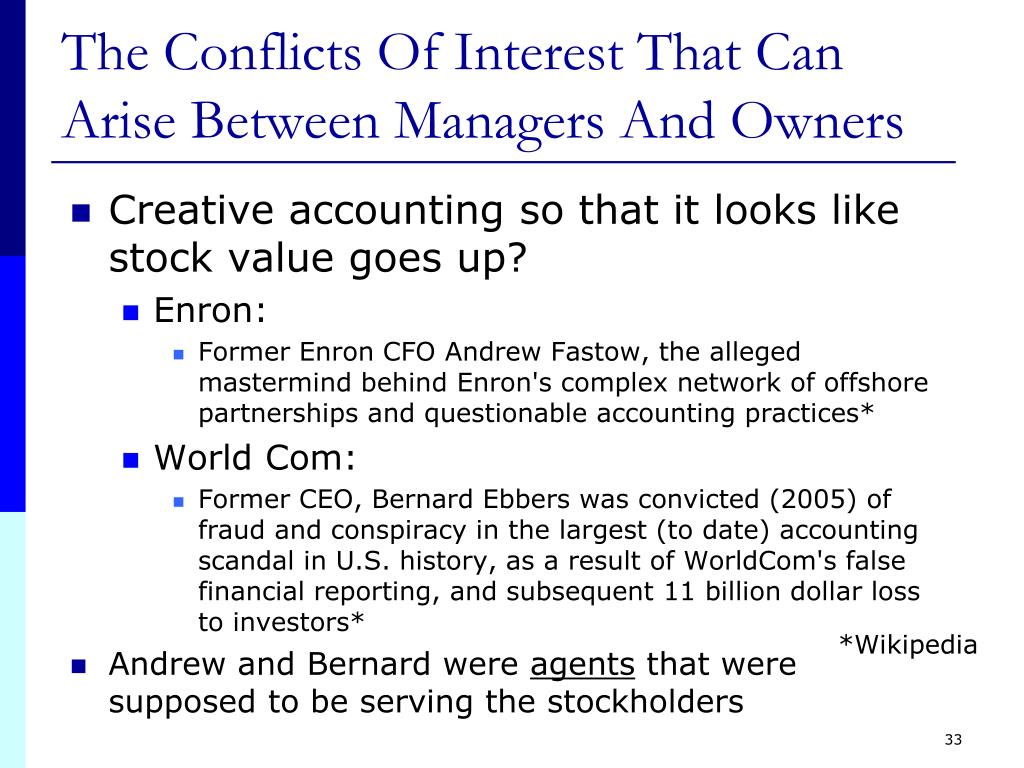

The following is intended as brief overview of the Sarbanes-Oxley Act and not as a detailed summary or commentary on the Act or its intentions. As corporations investigated and implemented responses to the Sarbox Act, they are recognizing that compliance can result in improved processes, both financial and operational, increased efficiency better and more timely planning information and that more transparency enhance access to capital and capital at lower cost. The expense of compliance which is proving valid, corporate attitudes generally have shifted.

While there was an initial corporate outcry, particularly about The creation of an independent Board to oversee auditing practices regarding publicly traded companies.Limitations on the types and nature of services that auditors can provide to a publicly traded, audit client.An increase in the audit committee’s independence from the company and its responsibility regarding the company’s auditors.An increase in the direct responsibility of senior corporate managers for the quality of their company’s financial reports and disclosures.SOX corporate governance guidelines include: These objectives were achieved in a number of ways by the passing of the Sarbanes-Oxley Act. Its primary emphases were to enhance the quality and transparency of corporate disclosure and force changes in the auditing of publicly traded companies. The Sarbanes-Oxley Act, also known as Sarbox or SOX, was passed in July 2002 in response to the rash of real and perceived failures in corporate governance and financial disclosure. SOX: Creating the Public Accounting Oversight Board & Increased Corporate Responsibility- The Sarbanes-Oxley Act (“the Act”) was passed in July 2002 in response to the rash of real and perceived failures in corporate governance and financial disclosure.


 0 kommentar(er)
0 kommentar(er)
